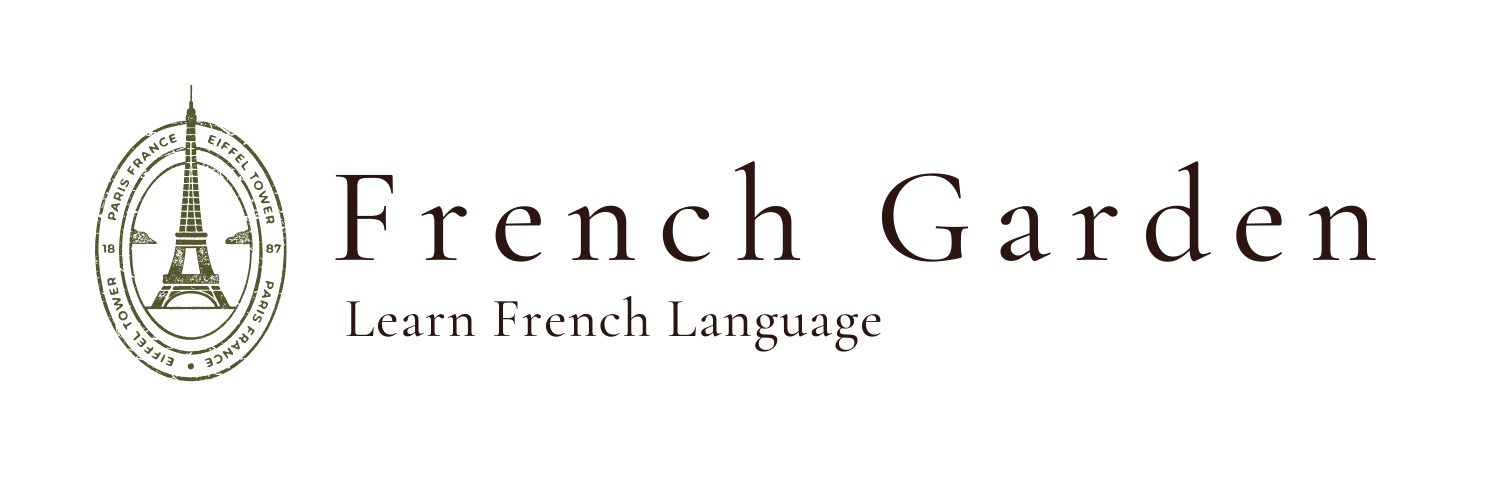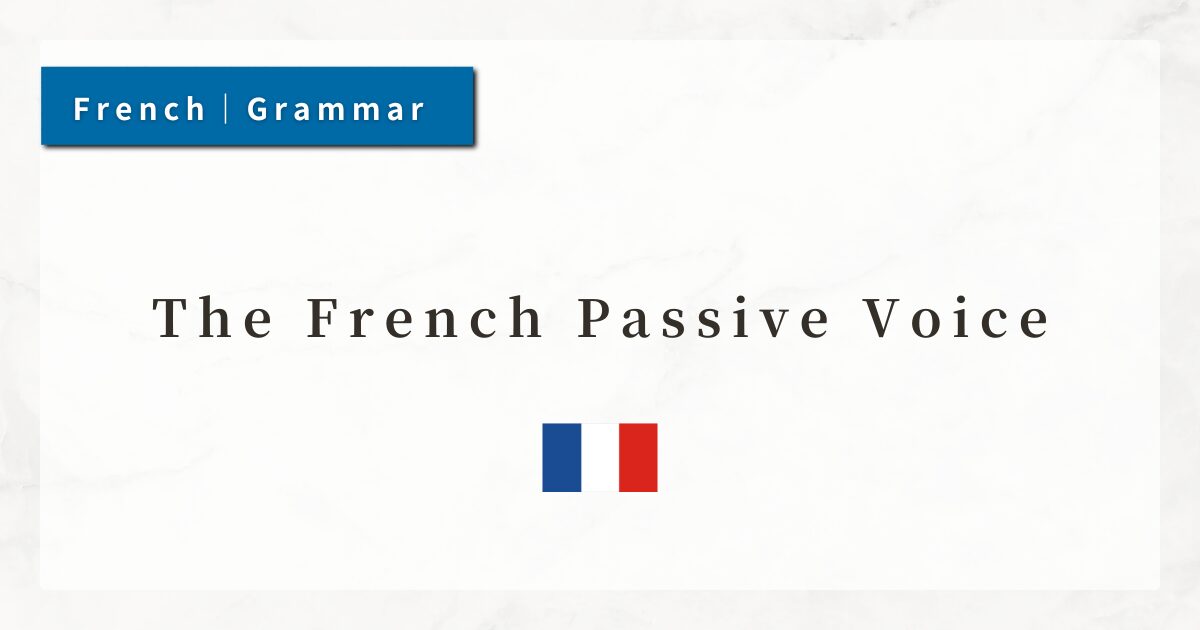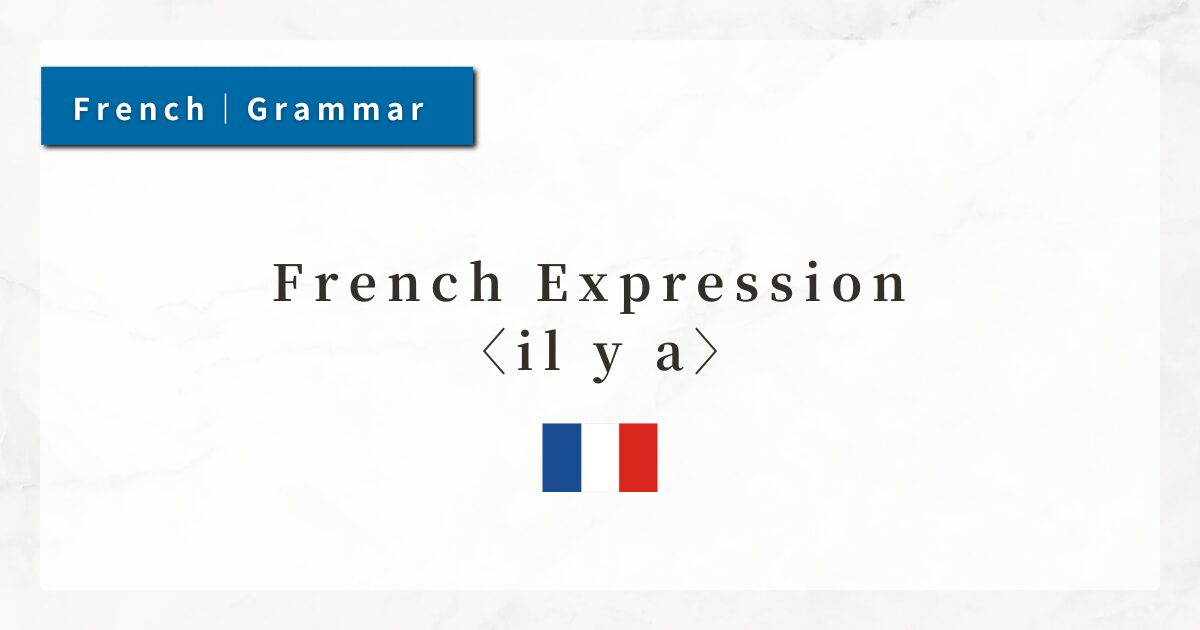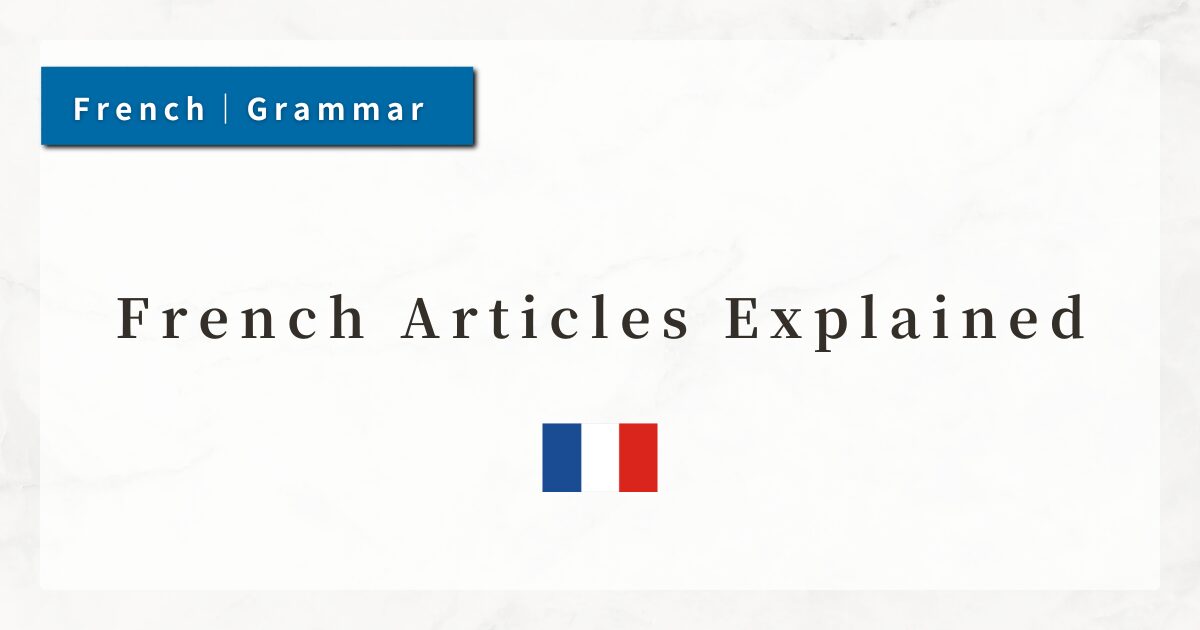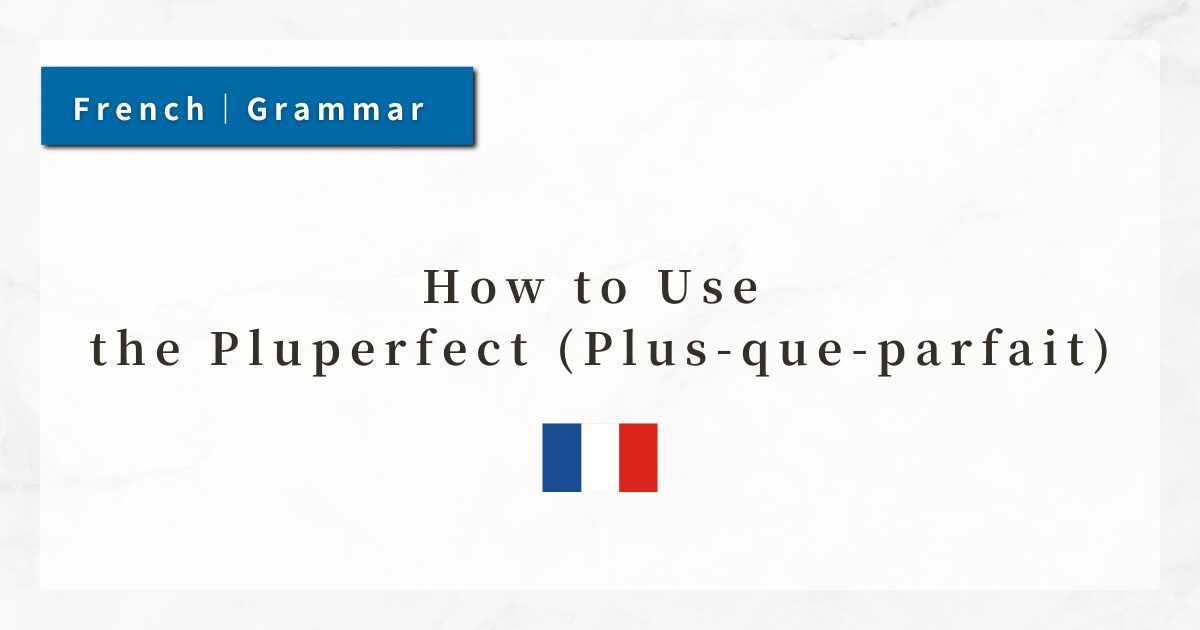#52 How to Form the French Imperative | Conjugation Rules and Usage
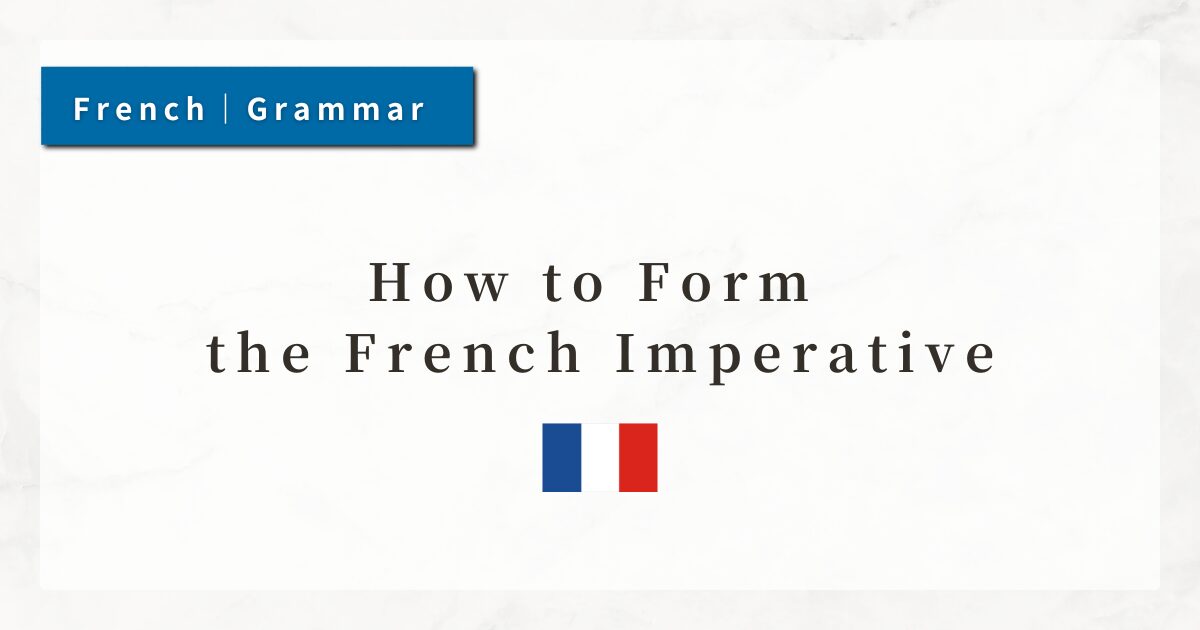
In French, the imperative is used to give direct instructions, commands, suggestions, or prohibitions, such as “Do this,” “Let’s go,” or “Don’t do that.”
In French, the verb form changes depending on the person being addressed, and the word order sometimes differs from that of normal declarative sentences.
In this lesson, I will explain the basics of forming imperatives, including affirmative and negative commands, as well as the placement of pronouns.
1. The Basics of the Imperative
The imperative is formed using the verb without a subject, directly expressing an order or request. Unlike English, French imperative forms change depending on who the command is directed to.
There are three main types of imperative forms in French:
| Addressee | Corresponding Subject Pronoun | Notes | Example |
|---|---|---|---|
| Informal singular | tu | Use the 2nd person singular form (for -er verbs, drop final -s). | Mange ! (Eat!) |
| Inclusive plural | nous | Used for proposals or suggestions (“Let’s…”). | Allons-y ! (Let’s go!) |
| Plural or polite | vous | Used for polite commands or addressing more than one person. | Écoutez bien. (Listen carefully.) |
2. Forming Affirmative Commands
In affirmative commands, the verb is used without a subject. The conjugated form is taken directly.
- Tu manges. (You eat.)
→ Mange ! (Eat!) - Vous écoutez. (You listen.)
→ Écoutez ! (Listen!)
For -er verbs in the “tu” form, the final -s is dropped. For -ir and -re verbs, the final -s remains.
- Tu manges → Mange !
Exception: If the verb is followed by the pronouns y or en, the final -s is retained.
- Manges-en !
(Eat some!)
3. Imperatives with nous and vous
The nous form is used to suggest an action together (“Let’s…”).
- Finissons nos devoirs.
(Let’s finish our homework.) - Allons-y !
(Let’s go!)
The vous form is used for polite instructions or when addressing multiple people.
- Fermez la porte, s’il vous plaît.
(Please close the door.) - Lisez ce texte.
(Read this passage.)
Both the nous and vous imperative forms simply use their regular conjugated forms.
4. Forming Negative Commands
Negative imperatives follow the structure: “Ne + verb + pas …”
The verb form is the same as in affirmative imperatives, but surrounded by “ne … pas.”
- Ne mange pas !
(Don’t eat!) - Ne vous levez pas.
(Don’t stand up.)
→ vous is the reflexive pronoun for “se lever” - Ne nous dépêchons pas.
(Let’s not hurry.)
→ nous is the reflexive pronoun for “se dépêcher”
The rule is simple: in the imperative, negation is always expressed with “ne … pas” around the verb.
5. Placement of Object Pronouns
The placement of object pronouns differs between affirmative and negative imperatives.
Affirmative commands: Verb + pronoun (linked with a hyphen)
In affirmative imperatives, pronouns follow the verb and are connected with a hyphen.
- Vas-y !
(Go!) - Parle-lui !
(Talk to him!)
Negative commands: ne + pronoun + verb + pas
In negative imperatives, pronouns precede the verb, with no hyphen.
- Ne lui parle pas.
(Don’t talk to him.) - Ne nous en parlons pas.
(Let’s not talk about it.)
6. Summary
- The imperative in French is formed with the verb alone, without a subject.
- Commands are addressed with tu, nous, or vous, and the verb conjugates accordingly.
- For -er verbs in the “tu” form, drop the final -s (e.g., Parle !). Keep the -s when followed by y or en.
- Negative imperatives follow the structure “ne + verb + pas,” with subject pronoun omitted.
- Pronoun placement changes:
1. Affirmative → pronouns follow the verb with a hyphen.
2. Negative → pronouns precede the verb, no hyphen.
